Fort Myers’ Edison and Ford Winter Estates captivate with colorful gardens, history
Here, inventive giants spent significant time living and working
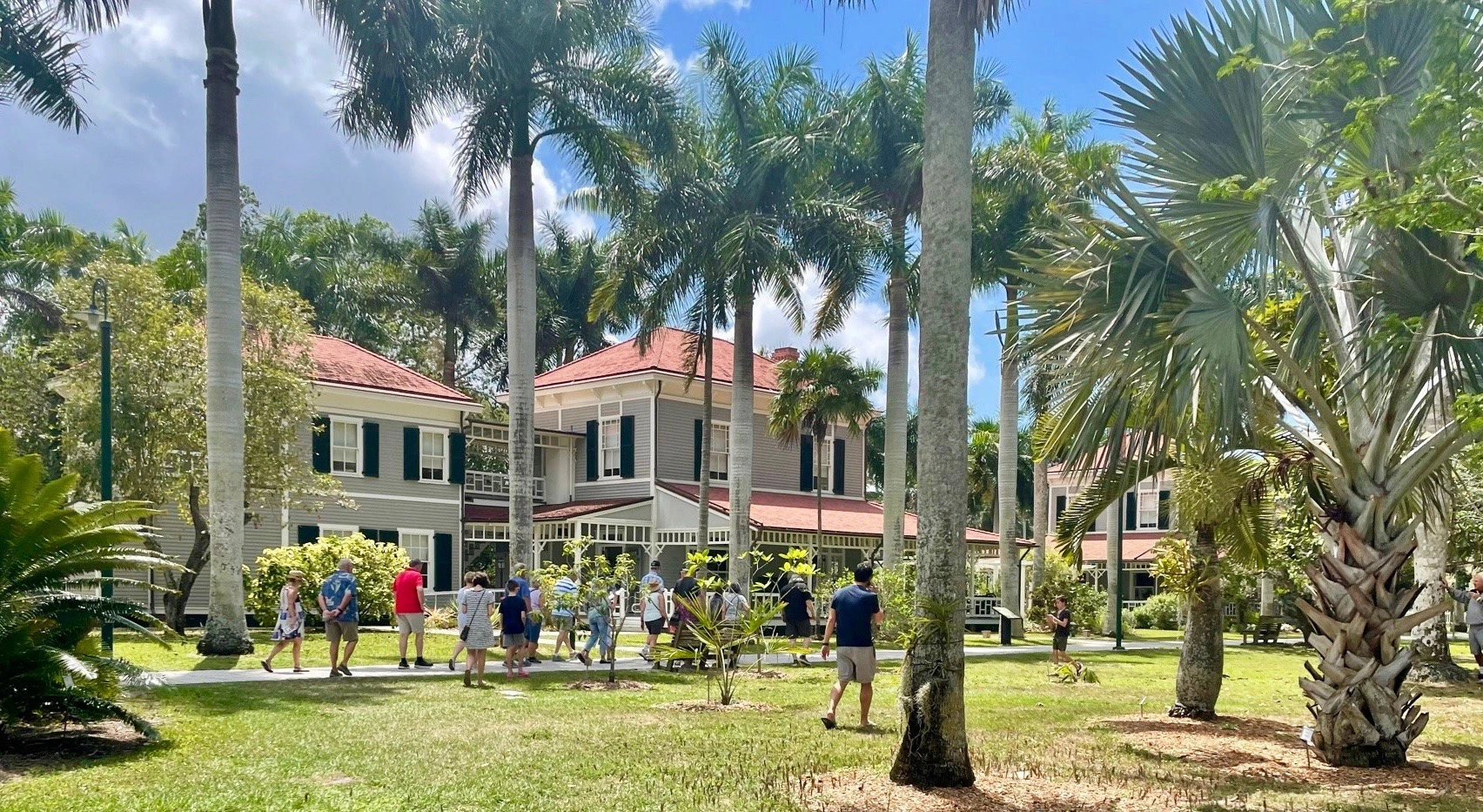
A tour group approaches the home Thomas Edison had built along the Caloosahatchee River in Fort Myers, Florida, in 1886. It’s now part of the Edison and Ford Winter Estates, which is open for visits every day of the year. (Courtesy of Edison and Ford Winter Estates)
Gardens are a big draw for me wherever I am. This time of year, when everything seems to burst into colorful bloom transforming the gray winter landscapes, staying home to watch the changes has been an unexpected benefit of the pandemic.
When I visited the Fort Myers area in the fall, the growing season was over in Ohio, but gardens were flourishing in Florida in the cooler October days and evenings. I loved visiting the Sanibel Island Farmers Market (see“…feed body and soul”) and the gardens at the Edison and Ford Winter Estates, which were both beautiful and intriguing.
Edison was a native Ohioan, born in 1847 in Milan, where he lived with his family until they moved to Michigan in 1854. His home in Milan is now The Thomas Edison Birthplace Museum, dedicated as a National Historic Landmark in 1965.
Drawn to the Fort Myers area by the mild winter temperatures, Edison first came to Southwest Florida in 1885. He was experimenting with bamboo for light bulb filaments, and the bamboo growing along the Caloosahatchee River intrigued him. Edison and his experiments would expand and increase in Florida.
He purchased 13.5 acres of Fort Myers land along the riverside and began designing a winter vacation home for him and his young wife, Mina. Called Seminole Lodge when it was completed in 1886, it became the Edisons’ winter home for 38 years.
Before Mina died in 1947, she deeded the estate, including its furnishings and 20 acres of botanic gardens, to the city of Fort Myers. Restoration has been ongoing, and today the Edison and Ford Winter Estates host more than 200,000 visitors each year.
Friends who came to visit the Edisons at their winter home included Henry Ford, who bought the house and property next door, called The Mangoes, two years after his first visit. Edison, Ford and Harvey Firestone enjoyed camping together and traveled into the Florida Everglades, collecting plant samples for their rubber research as they hunted and fished.
Their quest was an important one because vital rubber supplies had been depleted during World War I and a substitute was needed. More than 17,000 plants were collected, and, in 1927, the men formed the Edison Botanic Research Corporation and built a lab at Edison’s estate. It was operational until 1936, when the research was transferred to the U.S. Department of Agriculture.
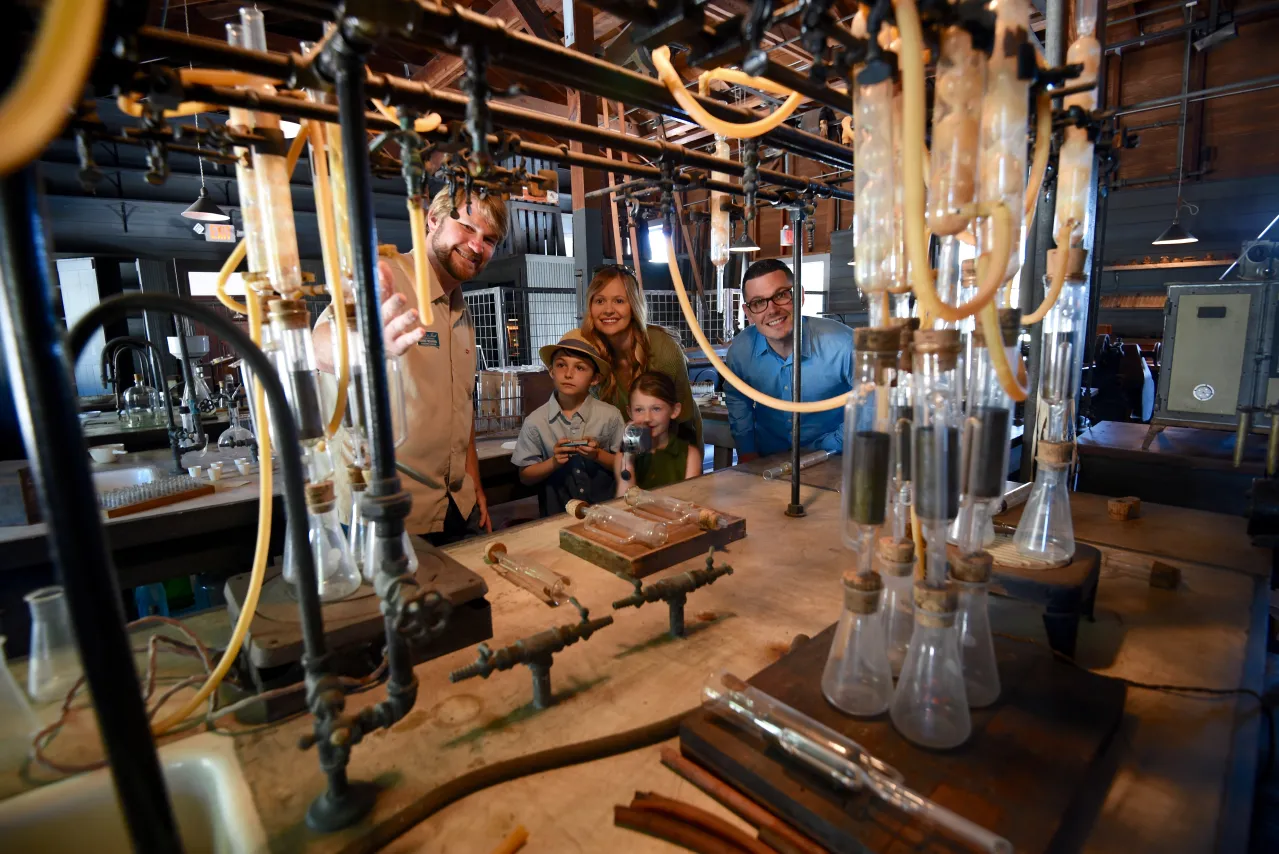
Visitors to the Botanical Research Lab at the Edison and Ford Winter Estates may find it easy to imagine the work done by the men to discover a plant that could be made into latex when they see the original glass test tubes and equipment used in their research. (Courtesy of Edison and Ford Winter Estates)
Today’s visitors can see the lab with its original glass test tubes and equipment. It’s easy to imagine the friends toiling away with tests on their plant samples, which eventually revealed that goldenrod could be transformed into the best latex.
Mina’s Moonlight Garden replaced the research lab in 1929, after it was purchased by Ford and moved to his Greenfield Village outside of Detroit. As part of the deal with his neighbor, Ford built a new lab for Edison on the east side of the property.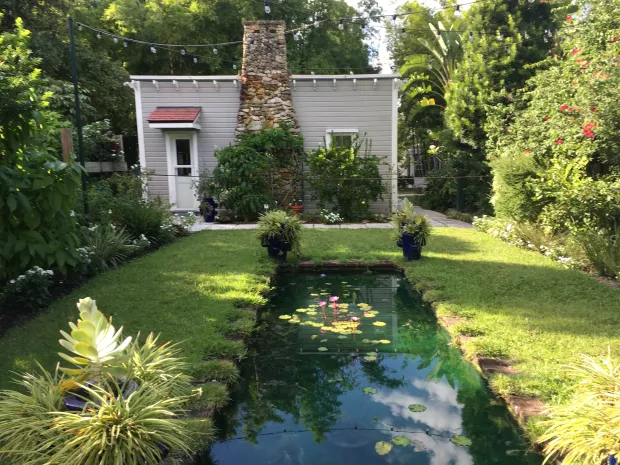
The Moonlight Garden was designed with blue and white flowers and a pool to reflect the moonlight. Mina, who was a member of 12 gardening societies, used the Moonlight Garden to entertain garden clubs. Today, it contains more than 120 different trees, shrubs and annual plants. Edison’s Study, a small building constructed next to the Moonlight Garden, was used by Edison to meet with reporters during his annual birthday interviews each February.
Plants of all kinds were important to the Edisons and Ford, and they continue to make an impact on those visiting the Edison and Ford Winter Estates. The original banyan tree planted by Edison in the late 1920s today is one of the largest in the United States, with a canopy extending more than an acre and a huge Mysore Fig tree getting attention in a corner of the Ford estate. They remain from the years the men were wintertime neighbors in Fort Myers.

A statue of Thomas Edison stands beneath a banyan tree he planted in the 1920s that is now the country’s largest, with a canopy that spreads over an acre. (Courtesy of Edison and Ford Winter Estates)
Fruits, especially citrus fruits, were an important part of the men’s winter estates. Groves were laid out in lines on the Ford Estate when he purchased it, and by the 1940sm dozens of orange and grapefruit trees had joined the mango trees from which Ford’s estate took its name. Next door on Edison’s estate were more than 300 fruit trees. The Henry Ford Citrus Grove was established in 2019 to interpret the horticultural significance of citrus in Florida. The Citrus Cafe is being created to focus on gourmet citrus foods and drinks.
Tours of the Estates’ 20 acres of botanic gardens, led by horticulturists, are among the most popular of the guided tours available. Curators who performed the restoration of the botanic research lab lead Inside-the-Lab tours to parts of Edison’s laboratory that usually are closed. Inside-the-Home tours take guests into regularly closed-off areas in both Edison’s and Ford’s homes. The small group sizes allow an in-depth experience and time for questions and discussions.
Self-guided tours, using site maps filled with historical information, allow visitors to tour at their own pace.
Further Edison illumination
The Thomas Edison Birthplace Museum in Milan, south of Sandusky, Ohio, is a great place to gather further insight into this remarkable inventor of the phonograph, telephone transmitter, incandescent lights and hundreds of other things.
His Edison Electric Company became General Electric in 1892, and the work he did on storage batteries has led to the development of today’s electric cars and modern alkaline batteries. By the time of his death on Oct. 18, 1931, he had amassed a record 1,093 patents.
The museum is at 9 N. Edison Drive. Call 419-499-2135 and go to tomedison.org.
Thomas Edison’s Menlo Park Complex from New Jersey, as well as his Botanical Laboratory from his winter home in Fort Myers, Florida, have been transported piece by piece to Greenfield Village, the 80-acre outdoor museum in Dearborn, Michigan, that’s part of the Henry Ford Museum.
Greenfield Village’s seven historic districts allow visitors to immerse themselves into 300 years of American history. Find out more at thehenryford.org/visit/greenfield-village.
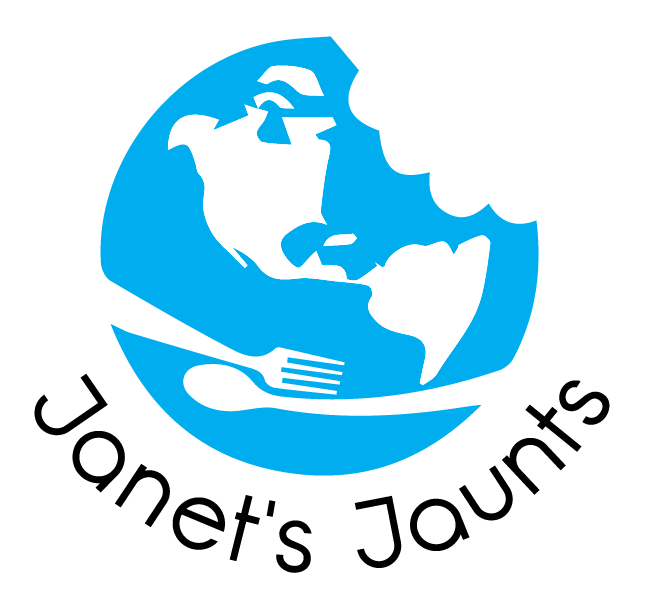
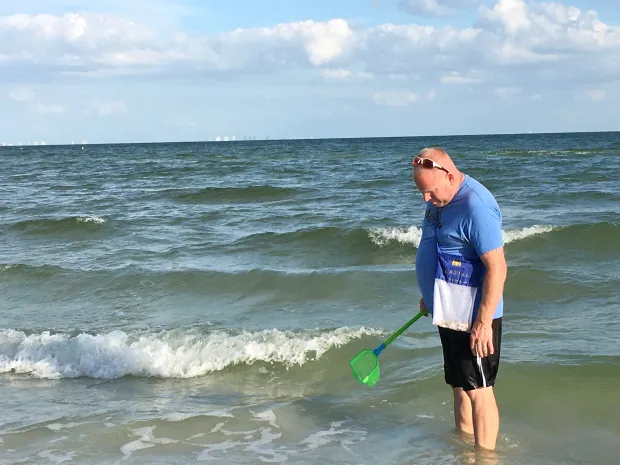

Recent Comments